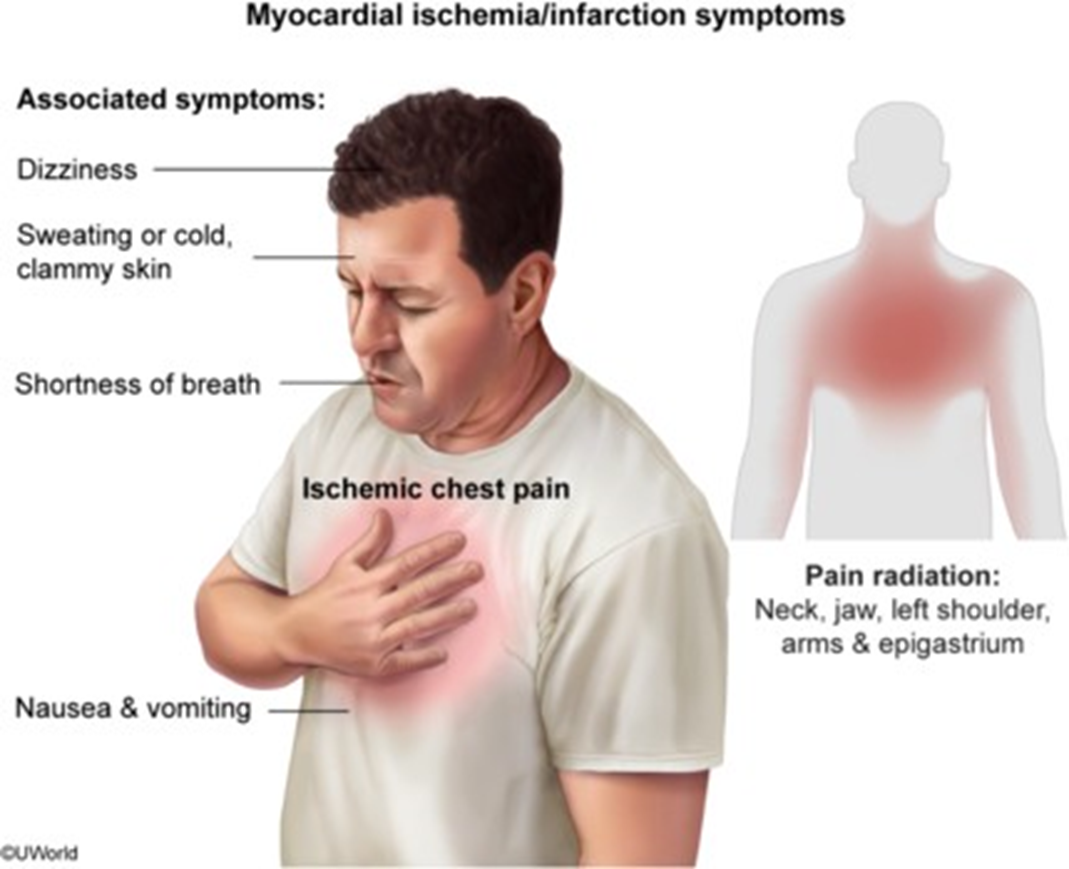The nurse is caring for a patient with chronic pancreatitis who reports persistent gnawing abdominal pain. What assessment data is most important for the nurse to obtain to help manage the patient’s pain?
Activity level of bowel sounds.
Level and amount of physical activity.
Eating patterns of dietary intake.
Color and consistency of feces.
The Correct Answer is C
Choice A rationale
While the activity level of bowel sounds can provide information about the functioning of the gastrointestinal system, it is not the most important data to manage the patient’s pain from chronic pancreatitis.
Choice B rationale
The level and amount of physical activity can affect the patient’s pain level, but it is not the most crucial data for managing pain in chronic pancreatitis.
Choice C rationale
Eating patterns of dietary intake are the most important data to manage the patient’s pain. In chronic pancreatitis, certain foods can exacerbate the pain. Understanding the patient’s dietary habits can help in providing appropriate dietary modifications.
Choice D rationale
The color and consistency of feces can provide information about the patient’s digestive health, but it is not the most important data to manage the patient’s pain from chronic pancreatitis.
Nursing Test Bank
Naxlex Comprehensive Predictor Exams
Related Questions
Correct Answer is A
Explanation
Choice A rationale
Applying oxygen at 10 L via non-rebreather mask and monitoring pulse oximeter is the most important intervention for a patient in the post-anesthesia care unit (PACU) with a heart rate of 140 beats/minute, blood pressure 140/90 mm Hg, and respirations 26 breaths/minute.
These vital signs suggest that the patient may be experiencing hypoxia or respiratory distress, conditions that require immediate intervention.
Choice B rationale
Medicating for pain and monitoring vital signs according to protocol is important in the PACU, but it is not the most critical intervention in this scenario. The patient’s vital signs suggest a possible respiratory issue, which should be addressed immediately.
Choice C rationale
Encouraging the client to splint the incision with a pillow to cough and deep breathe is a common postoperative intervention to promote lung expansion and prevent atelectasis and pneumonia. However, in this scenario, the patient’s vital signs suggest a more immediate respiratory issue that requires prompt intervention.
Choice D rationale
Administering an intravenous fluid bolus as prescribed by the healthcare provider can be an appropriate intervention for certain conditions in the PACU, such as hypotension. However, in this scenario, the patient’s vital signs suggest a possible respiratory issue, which should be addressed immediately.
Correct Answer is A
Explanation
Choice A rationale
The client’s presentation of chest pain radiating to the left arm, shortness of breath, and diaphoresis are classic symptoms of a myocardial infarction (heart attack)56. Morphine is often administered in this situation to relieve pain and reduce the workload of the heart.
Choice B rationale
Oxycodone is a strong opioid medication used to treat severe pain. However, it is not typically the first choice for pain relief in the setting of a suspected heart attack.
Choice C rationale
Hydromorphone is another strong opioid medication used to treat severe pain. Like oxycodone, it is not typically the first choice for pain relief in the setting of a suspected heart attack.
Choice D rationale
Fentanyl is a potent opioid pain reliever. While it can be used in the management of severe pain, it is not typically the first choice for pain relief in the setting of a suspected heart attack.

Whether you are a student looking to ace your exams or a practicing nurse seeking to enhance your expertise , our nursing education contents will empower you with the confidence and competence to make a difference in the lives of patients and become a respected leader in the healthcare field.
Visit Naxlex, invest in your future and unlock endless possibilities with our unparalleled nursing education contents today
Report Wrong Answer on the Current Question
Do you disagree with the answer? If yes, what is your expected answer? Explain.
Kindly be descriptive with the issue you are facing.
